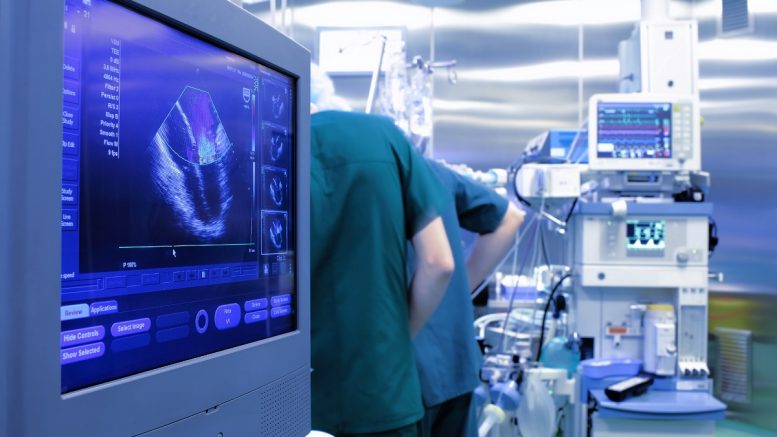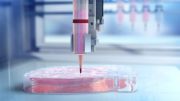The developments we’ve seen in medical technology over the last decade have been astronomical. New medical devices are taking the healthcare landscape beyond anything that’s gone before. While this is great news for patients and the overall future of medical care, it presents challenges in the short term.
With every new device and additional piece of software, the tech stack becomes more bloated and the picture is increasingly muddied. Managing thousands of medical devices that deliver patient care every day is a daunting and difficult task. The good news is that IoT technology can relieve some of the pressure on healthcare providers. It’s making it possible to automate the tracking and maintenance of essential medical equipment – from hospital beds to heart rate monitors. In fact, healthcare devices represent one of the fastest growing sectors in the IoT market, with the sector – sometimes called the Internet of Medical Things (IoMT) – predicted to reach $176 billion dollars by 2026.
This growth is hardly surprising given that IoT-driven track and trace can also introduce entirely new capabilities, reducing cost and risk, and driving innovation. On the surface, the questions around track and trace of medical assets may appear simple. What medical equipment do we have? Where are those devices? How are the devices being used and how are they performing? Do any medical devices need to be repaired, replaced or retired? You get the idea. Unfortunately, gaining visibility of the associated medical devices may not be as simple.
Transforming management of medical assets with IoT
Applying IoT to transform medical assets operation and management goes a long way in helping healthcare providers to overcome some of the challenges of traditional track and trace. The technology provides organisations with the capabilities to improve everything from inventory management and asset tracking, utilisation and performance to end-to-end visibility and supply chain management.
Despite these capabilities offering significant and transformational benefits compared to the traditional methods of asset management, many healthcare organisations are set in their ways. It’s also a matter of education on the subject. Providers may still be using traditional approaches such as visual inspections to monitor the performance or status of an asset as they are unaware of how time consuming and labour intensive they are compared to new methodology.
Why does it really matter?
New developments in medical technology are being introduced to the sector thick and fast, and integrating them into the existing tech stack is key to providing the best possible medical care. However, there’s no point in investing in all this new tech if they are not integrated correctly and consistently maintained. Employing IoT in asset management is the easiest and most effective way of making the most of the developments.
Without complete asset visibility and the relevant data pertaining to the performance or status of each asset, you’re likely under-utilising them. As a result, some assets can fall through the maintenance cracks. This will ultimately waste time, increase unnecessary costs, and leave the asset vulnerable to damage and theft. In addition, it’s difficult to know when an asset needs to be replaced, or even when it was replaced. Many organisations find themselves with these ‘ghost assets’ that they are still paying for and insuring long after they have been retired.
What are the benefits?
Utilising an asset track and trace solution to manage your medical devices is the clear solution for medical providers, offering significant cost savings and enabling improvements in patient care. Not only this, but the new capabilities speak for themselves:
- Secure device managementprotects all operating assets by automatically and securely provisioning, managing and retiring IoT devices across your asset base
- Ecosystem integrationdelivers seamless information flow across enterprise supply chain solutions. This enables the frictionless exchange of sensor-based information with key business systems – such as ERP, WMS and TMS – and with people inside and outside of the organisation
- Unified messagingaggregates information from disparate systems and combines it to create a single data feed to enable any-to-any communication. This provides complete transparency, governance and data tracking and visibility
- Actionable insightsapplies artificial intelligence and machine learning to monitor conditions, boost performance and maximise availability of serviceable equipment and assets, delivering end-to-end asset visibility
Throughout the COVID-19 pandemic, the healthcare industry was placed under immense strain. Despite this, innovation in the sector flourished in the face of adversity. With this in mind, organisations need to ensure they are in a position to truly harness the potential of new tech. It means investing in training, implementing the necessary tools and shifting mindsets away from the traditional approach.
Healthcare has too much at stake not to take the required steps to adapt, develop, and ultimately, provide the best possible patient care.
By Scott Lundstrom, Senior Industry Strategist for Healthcare at Opentext.





